While I was living in Copenhagen for two years, I tried to find time to explore new places on Zealand and Scania as often as possible. I made it to quite a few places such as Dyrehaven, Tokkekøb Hegn, Hillerød, Stevns Klint, Malmö and Lund, but not as many as I would’ve liked. So since I decided to move away from Copenhagen on August 16th this year, I wanted to spend some of the summer days exploring more places. My friend Mads and I had arranged that we would go to the Swedish island of Ven for a day trip in August, but since the ferry didn’t depart on the day that we wanted to go, we decided we would just explore something else instead. Mads came up with the brilliant idea of going to Nekselø, a tiny island in Sejerøbugten (‘the Sejerø Bay’) off the coast of Havnsø on Zealand.
At 7.30 AM on August 14th, we set off on our adventure to this tiny little Danish island, arriving in Havnsø at 9.30 AM to catch the ferry at 10 AM. The ferry was quick and got us there in just 20 minutes, offering great views throughout the ride. Seeing the island from afar, it looked nothing like I had expected. It’s very hilly all over and honestly doesn’t look like the usual flat Denmark, so I was really excited to get there!

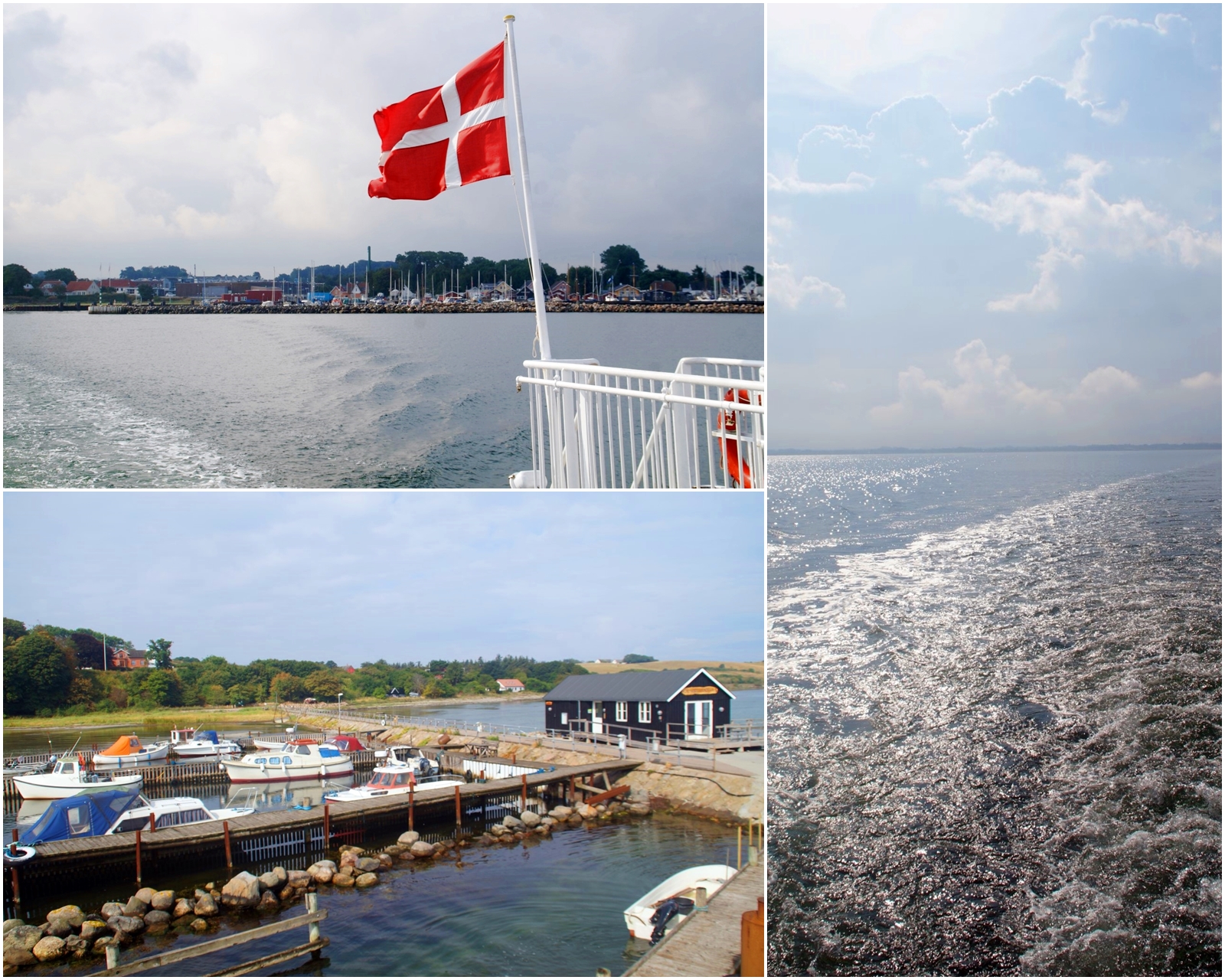

The entire island of 2,2 km2 is home to just 20 people year-round, who live on farms that are spread throughout the island. The island used to have a small school from 1850 to 1973, but much like most other small islands in Denmark it is now closed due to shortage of children.
The island is well known for its unique nature that is found nowhere else in Denmark. For that reason, the entire island is protected. The island consists of a row of hills that culminate at Elmebjerg and Gadebjerg, two hills that are both 41 meters high. The landscapes change from high beach cliffs with trees shaped by the wind on the west coast and lush meadows on the east coast. Because Nekselø is located in the area of the so-called Great Belt Climate, the island gets considerably less rain and more sunshine hours resulting in milder winters and warmer summers than the rest of Denmark. This weather has resulted in the steppe-like landscapes where plants and animals that are otherwise not found in Denmark can thrive.
Apart from the only church on the island and the site of a Mesolithic settlement, we didn’t have any plans for our day on Nekselø. All we knew was that we wanted nature and we wanted to walk! Since it’s a small island, we decided to walk around the entire island in order to see as much as possible. We had seven hours to do so, which turned out to be the perfect amount of time.
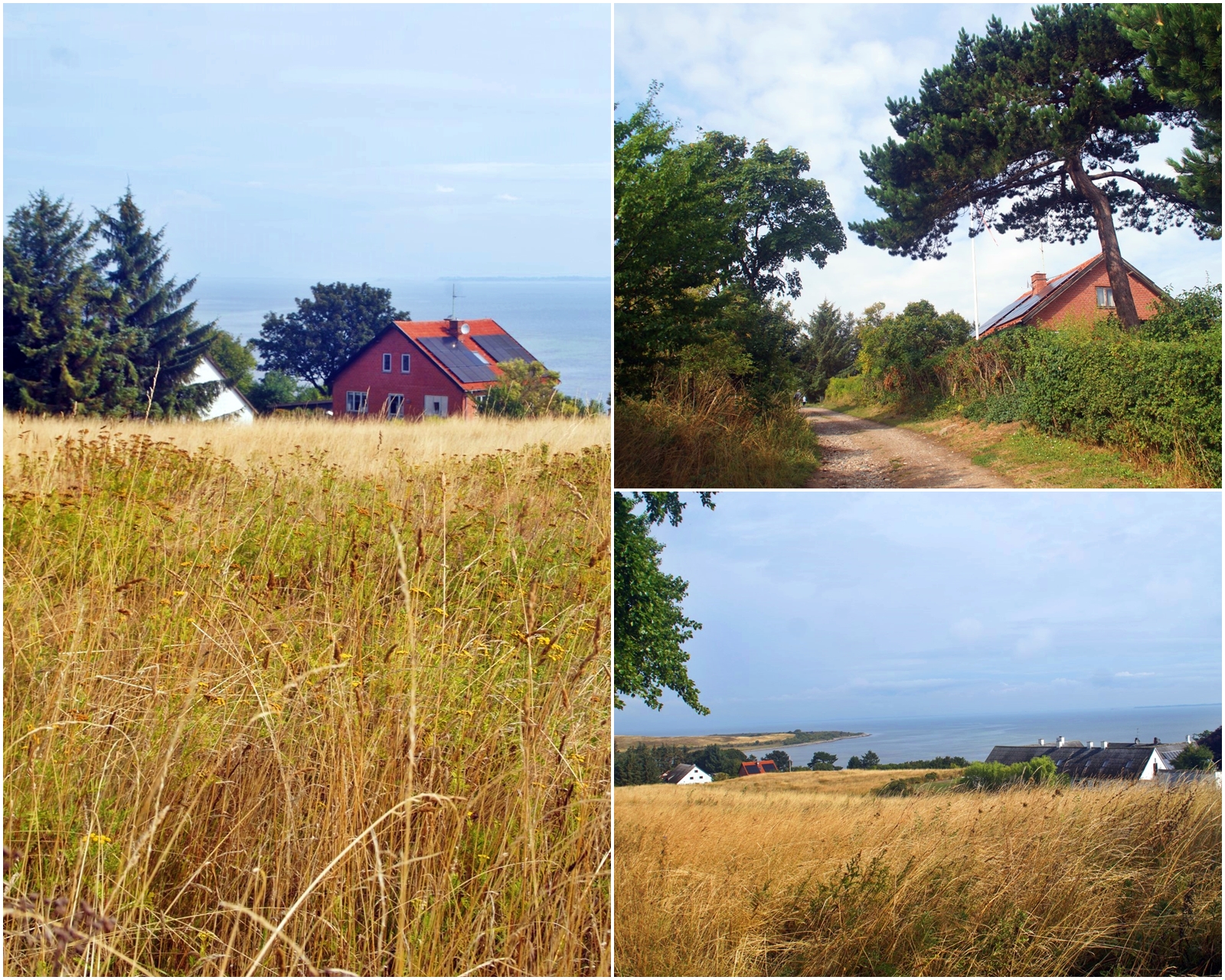
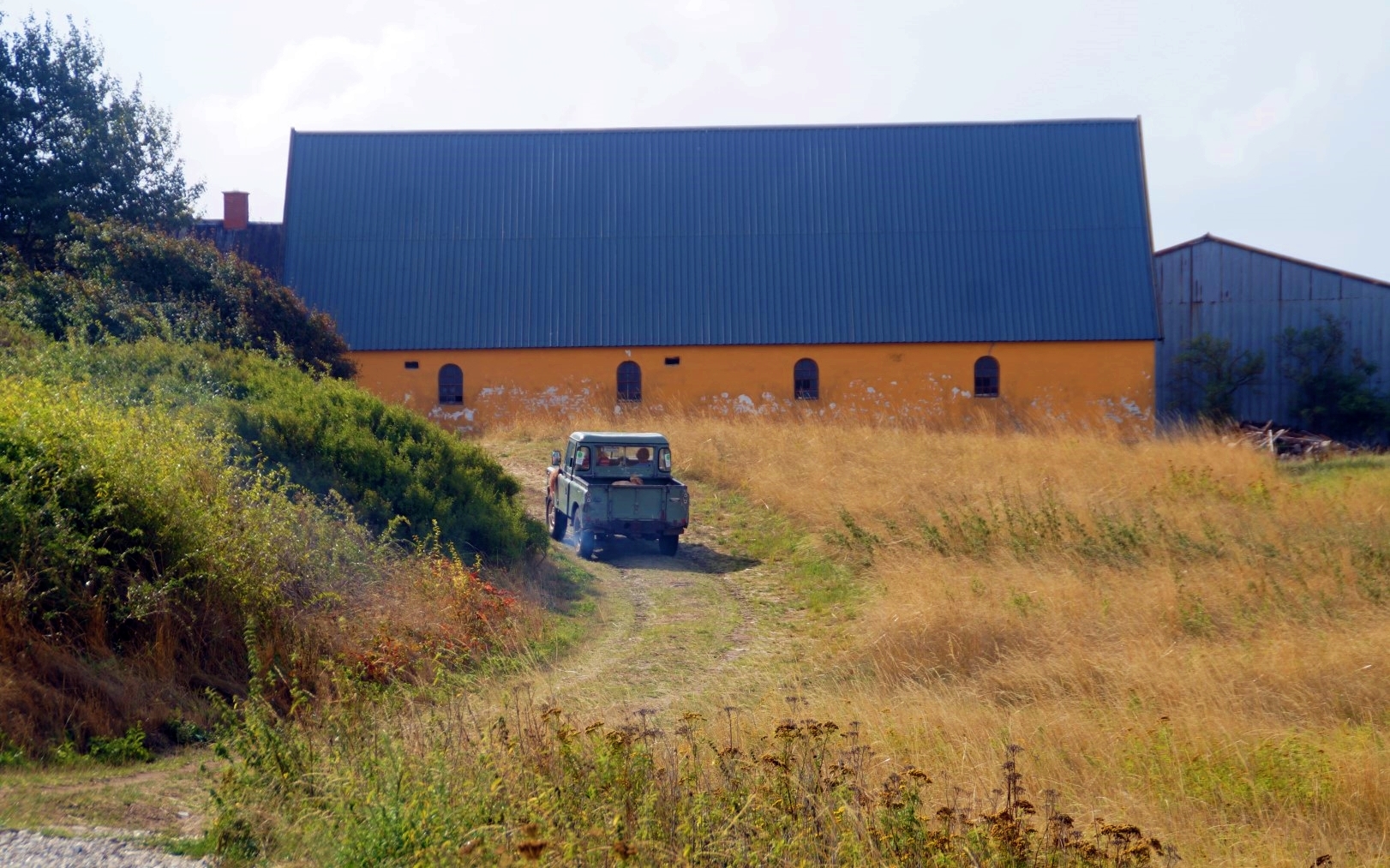
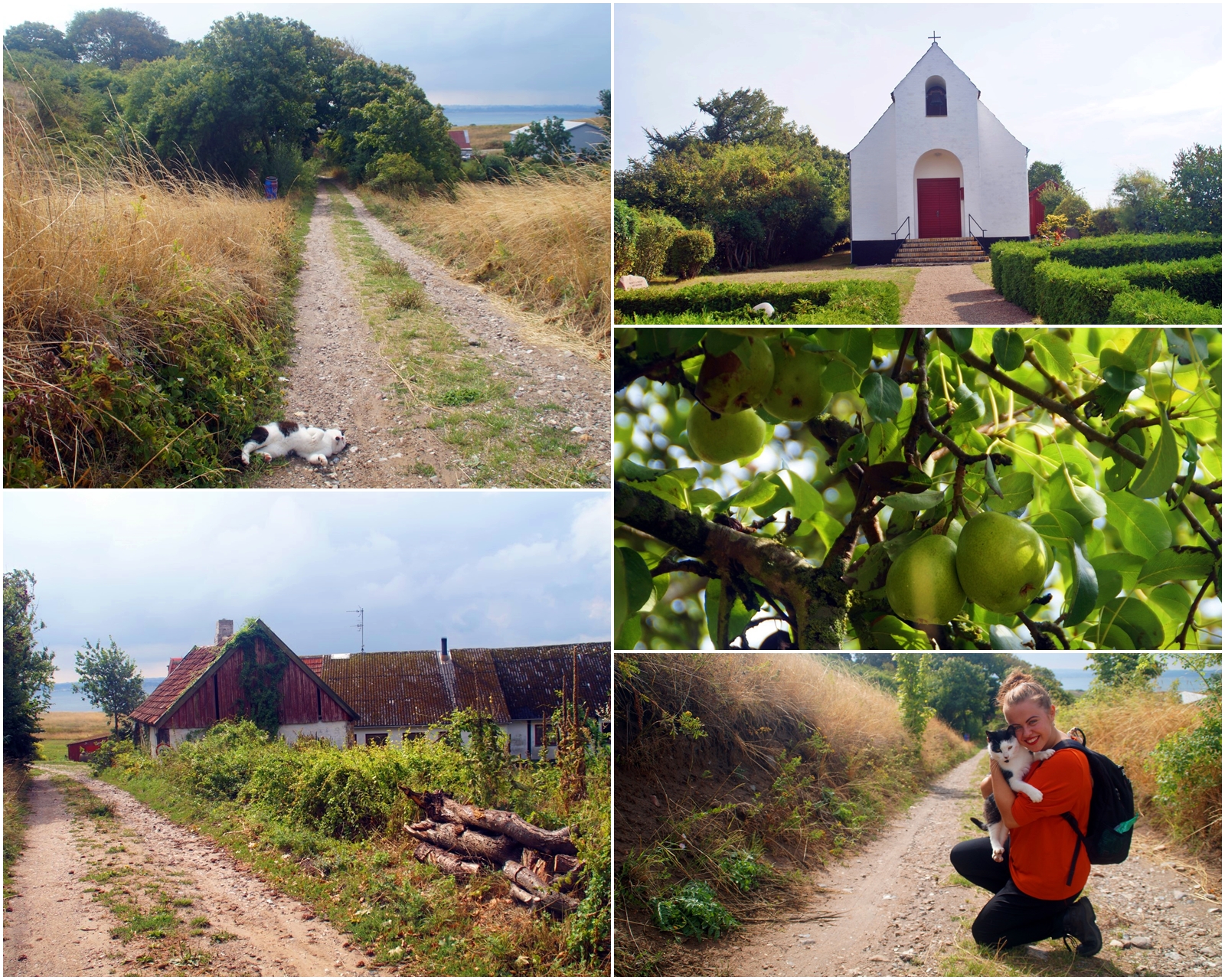
The trail around the island offered many amazing views of beach cliffs, hilly grasslands, windswept trees, old farms and nearby islands. Throughout the day, the weather was perfect, and all the while we could see grey clouds in the distance over Zealand.
We went hunting for flint on the Late Mesolithic and Early Neolithic settlement of Ørnekul (circa 4400-3000 AD) where the remains of the longest fish weir from that period was found, knapped our own flint by the beach, explored the tiny church from 1931, ate tons of berries and fruits from bushes and trees, talked to cows and bulls and petted two gorgeous and very friendly kitties. We walked right out to the southernmost tip of the island and stood in the ocean. Mads swam in the ocean and I went fossil hunting on the beach. It was such a great day.
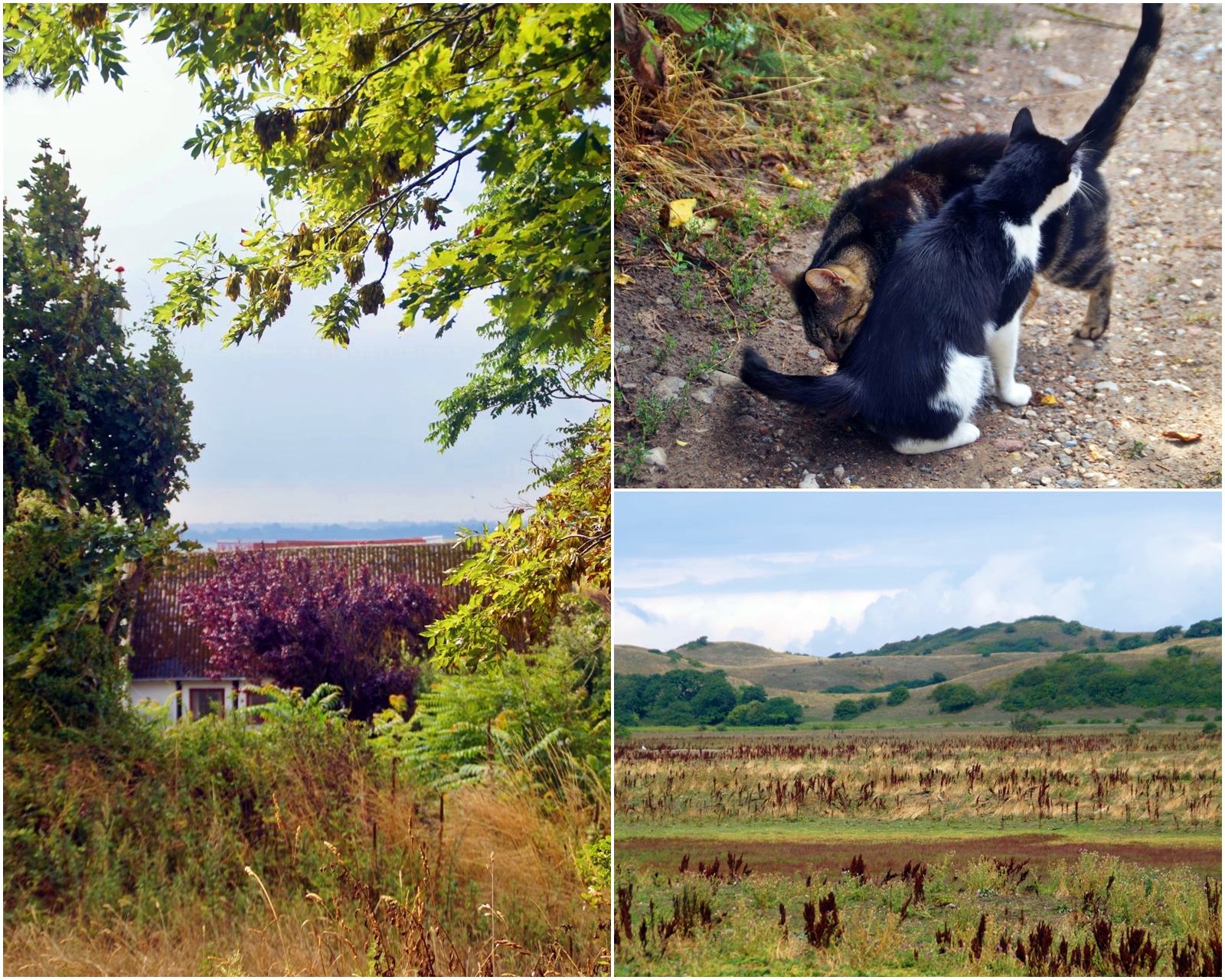


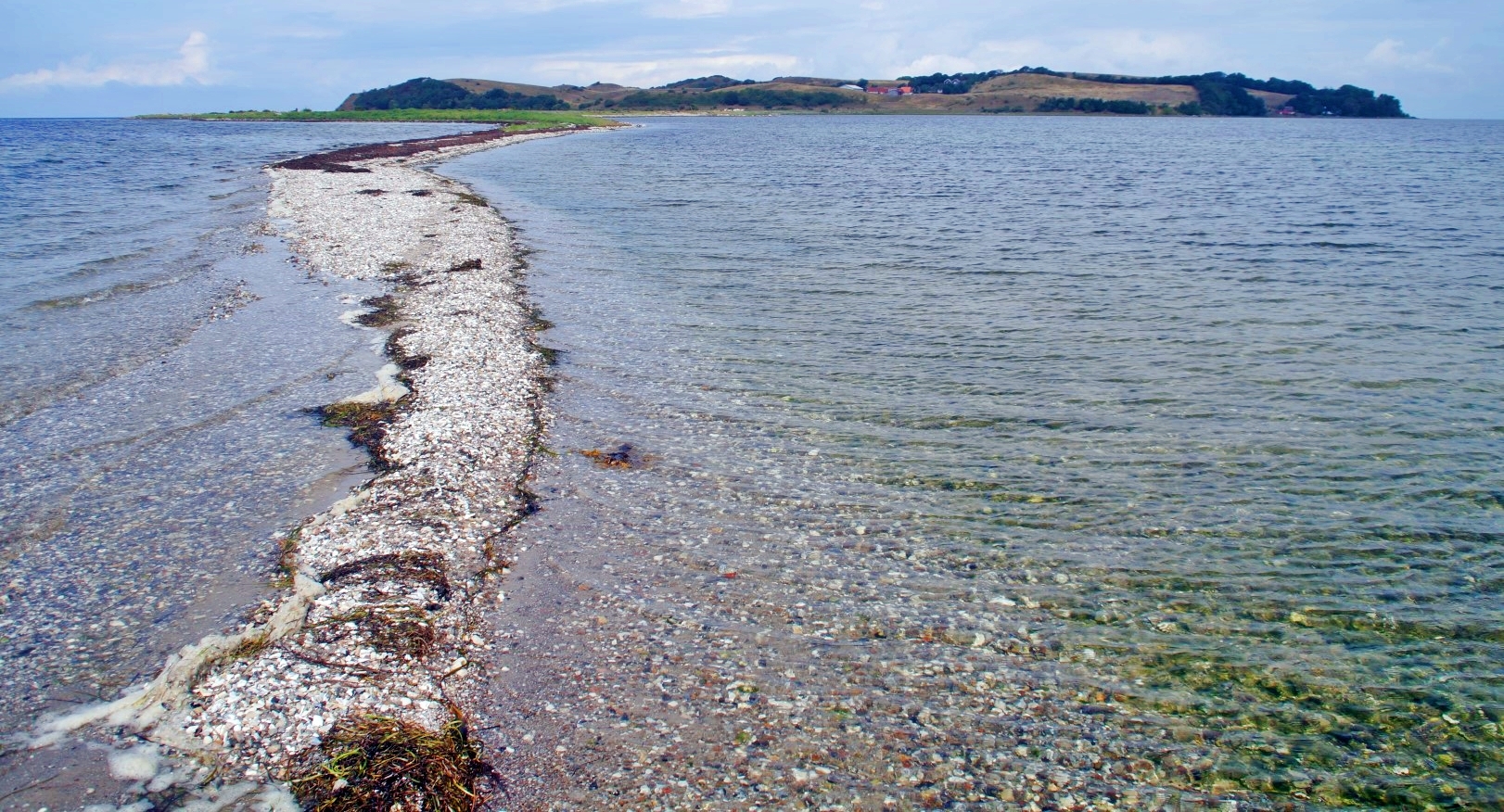
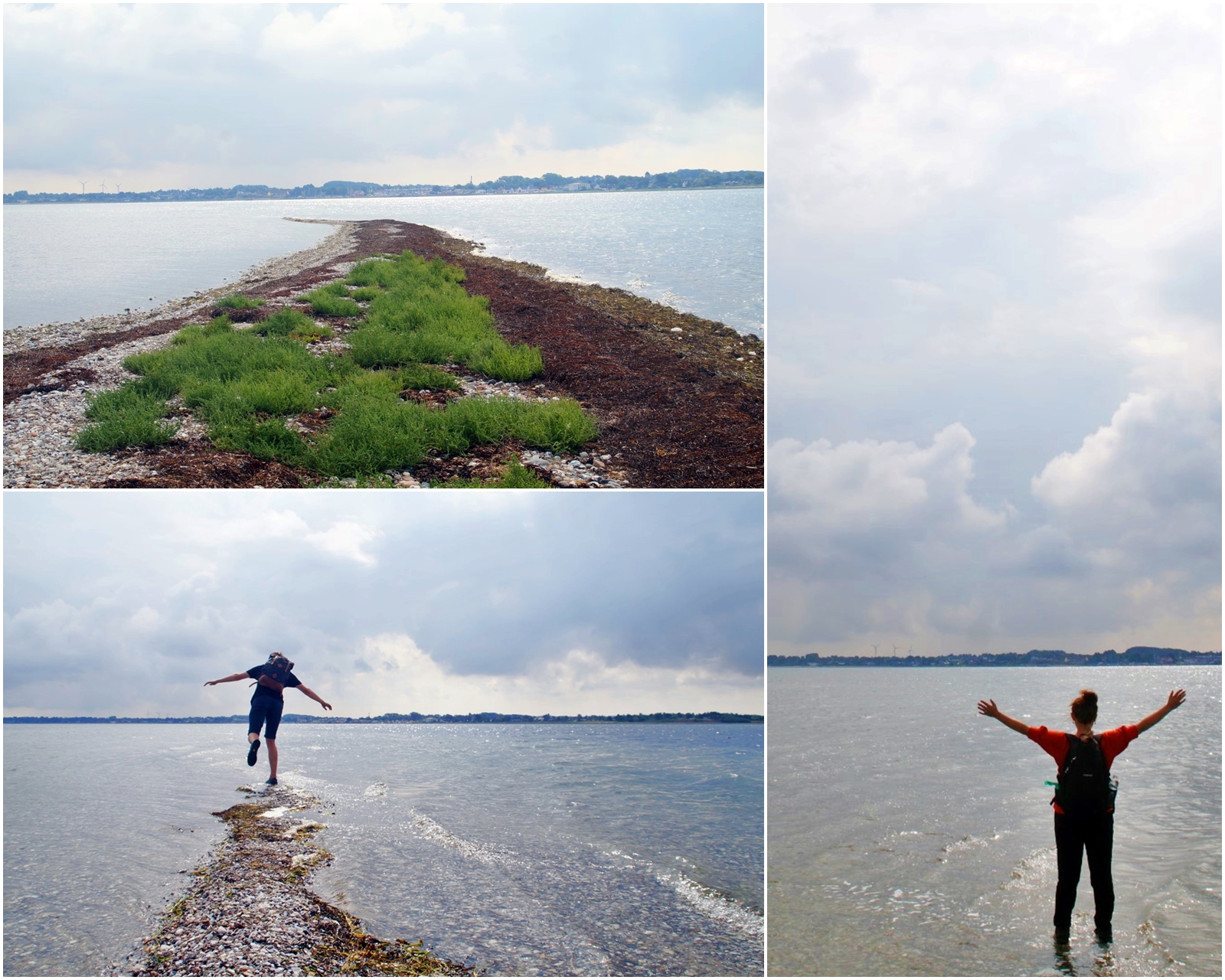

Nekselø is just one of many tiny Danish islands that deserve to be discovered and explored, but I must say that Nekselø amazed me more than most of the other islands I’ve been to. The unique landscapes, the interesting history and archaeology and the incredible views really make the place stand out amongst the island crowd. It’s a place well worth considering when in Copenhagen, as it can easily be done as a day trip.
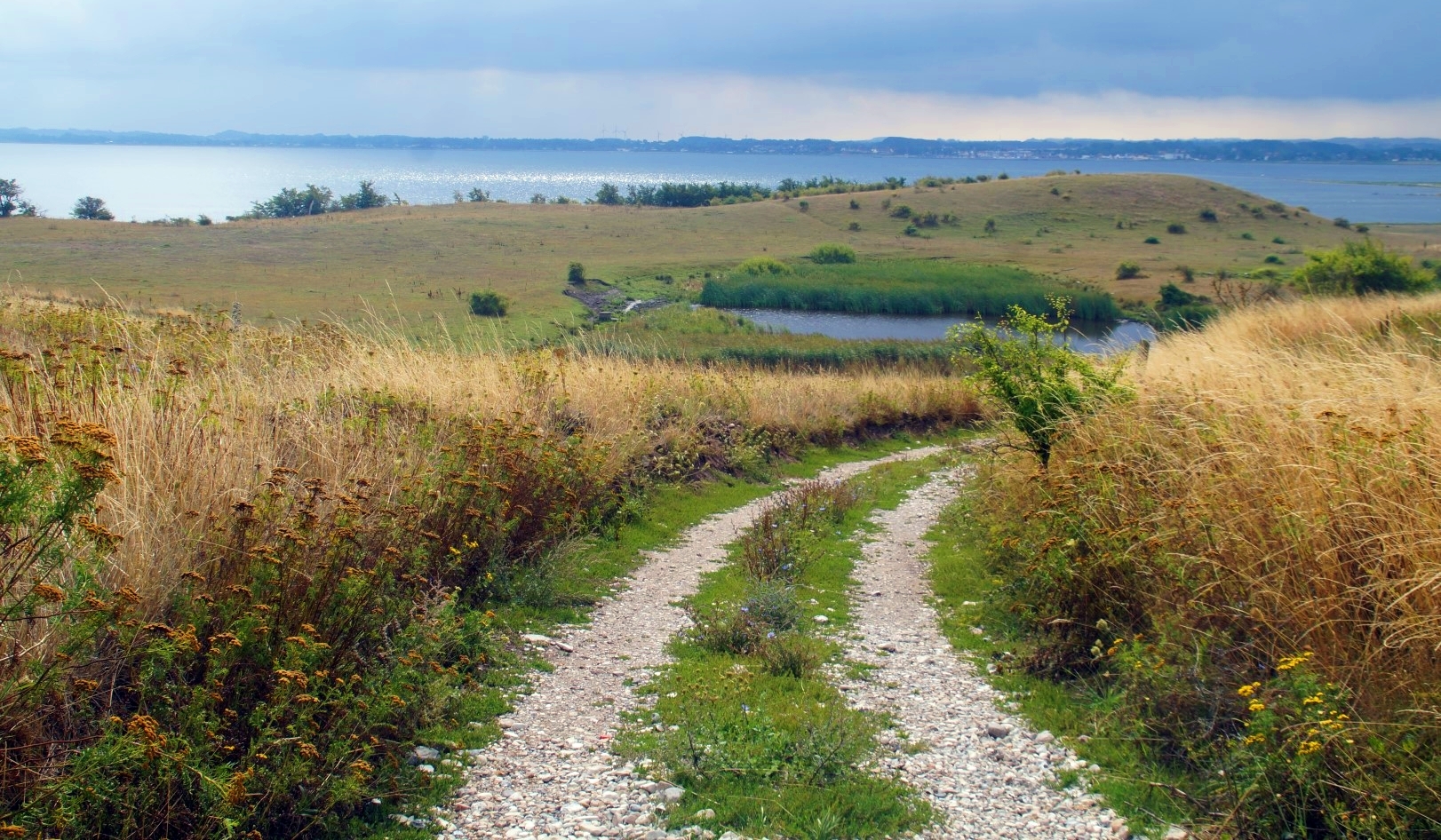
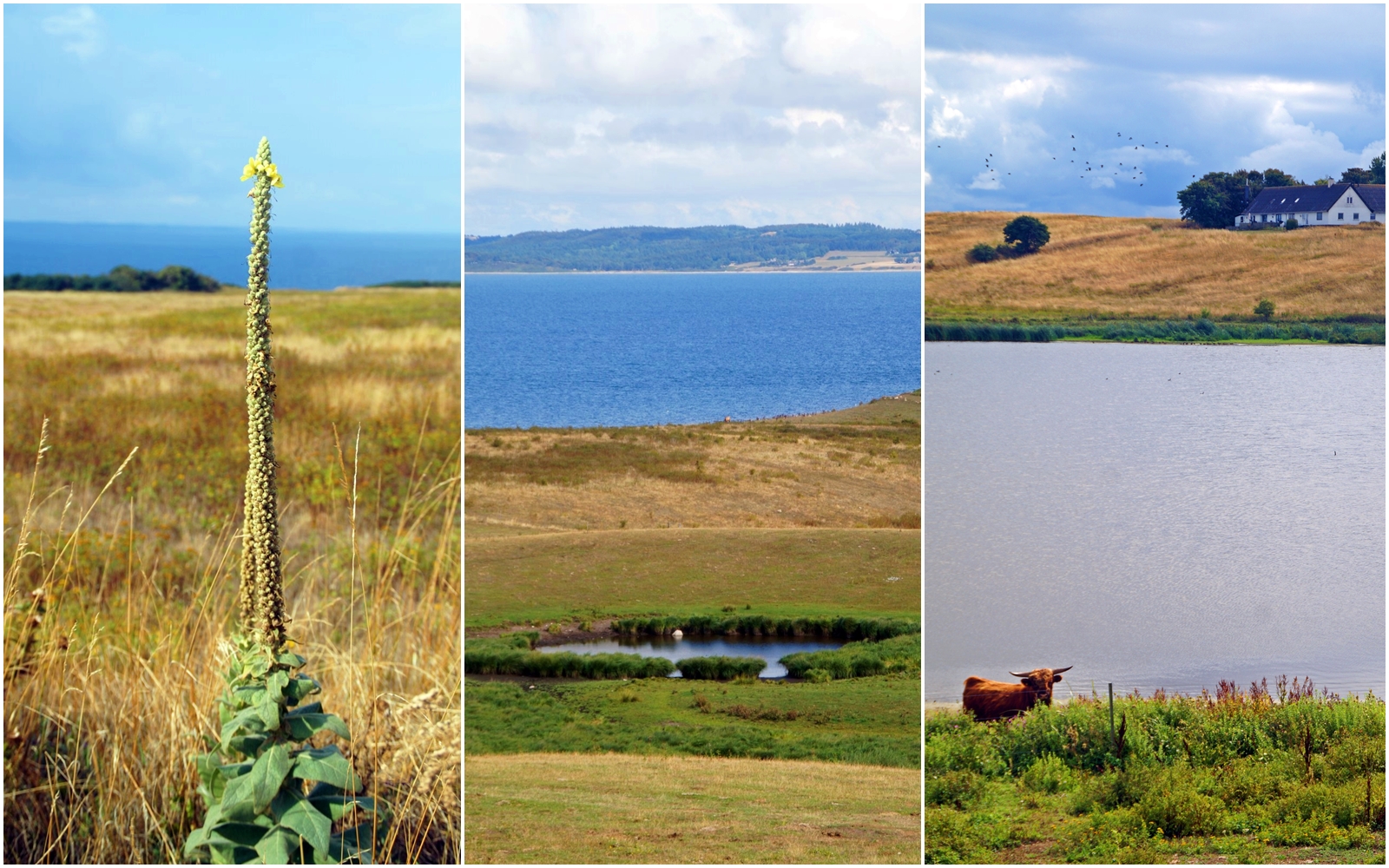




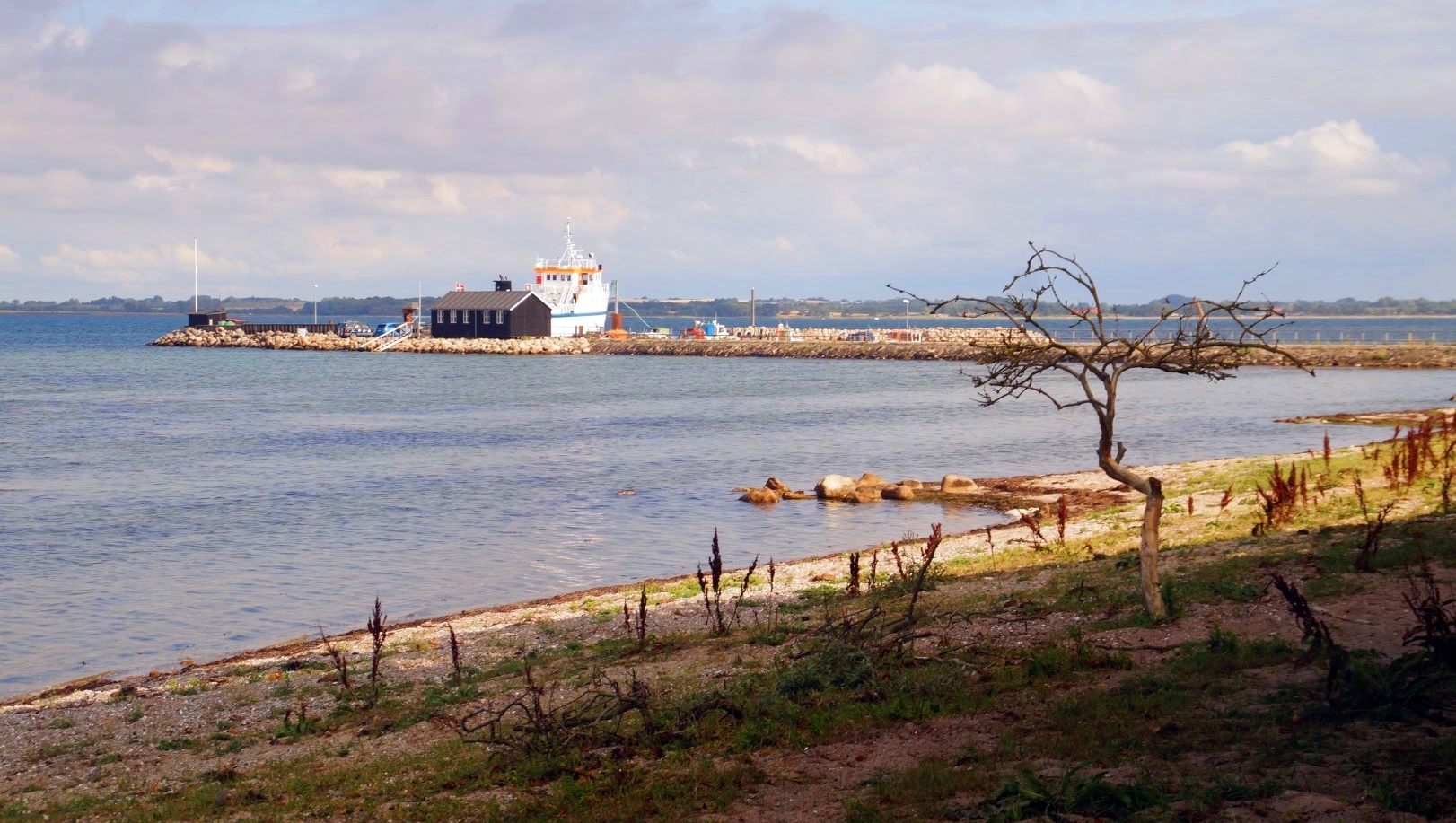
How to get to Nekselø from Copenhagen
- Catch the train from the central station in Copenhagen to Jyderup.
- Catch a bus to Havnsø Havn just outside Jyderup Station.
- The cost of the ticket in all one way with a travel card (rejsekort) is 98 DKK, but it will be a bit more expensive with an ordinary ticket.
- The bus will drop you off right next to the ferry. See the departure times for the ferry here.
- The ferry ride takes 20 minutes and costs 90 DKK for a return adult ticket.
- To get back, reverse the above itinerary.
- Have fun and don’t forget your camera!
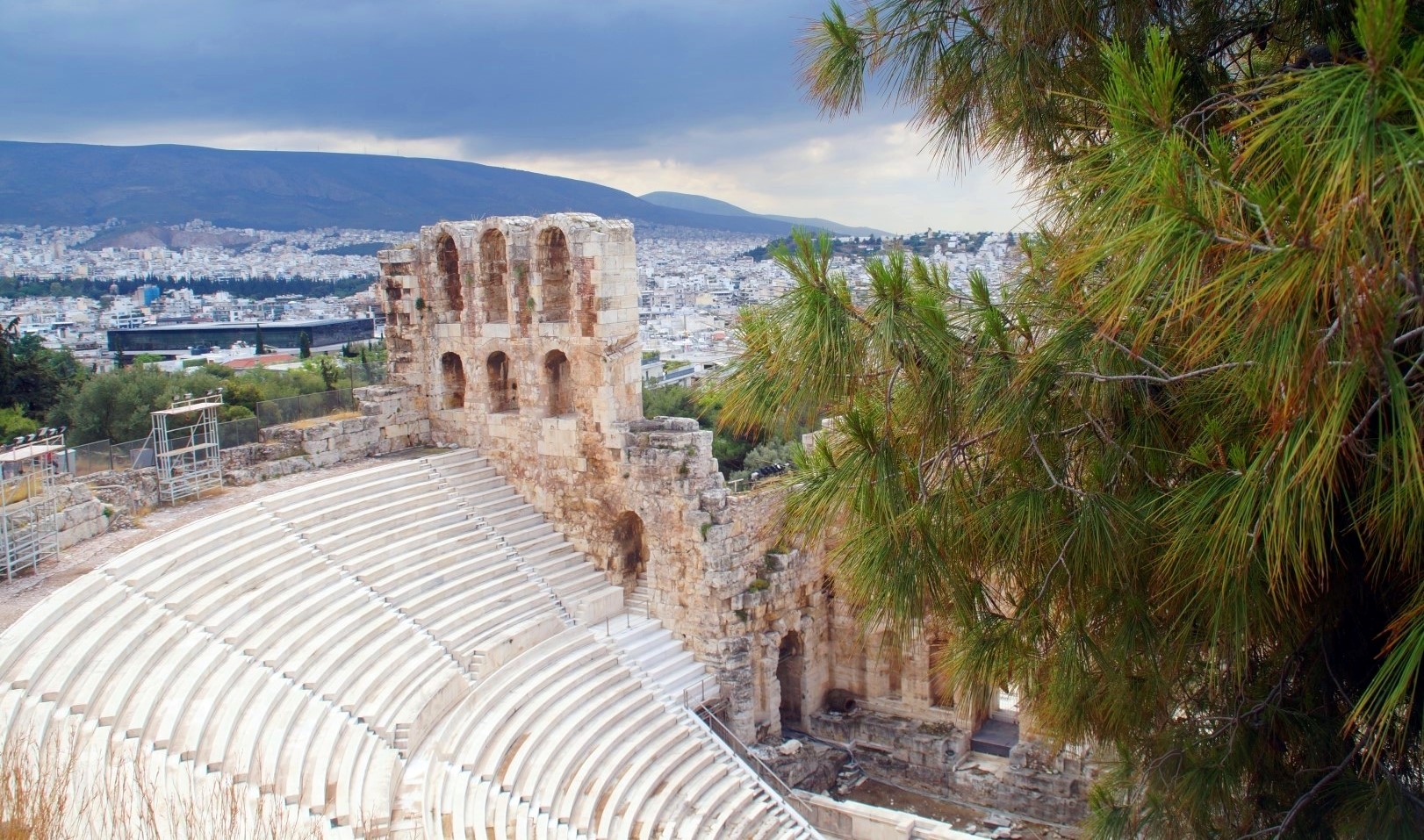

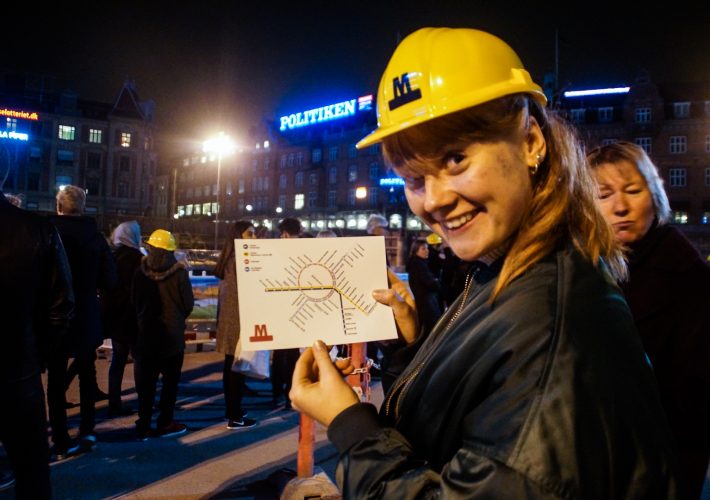

Leave a Comment